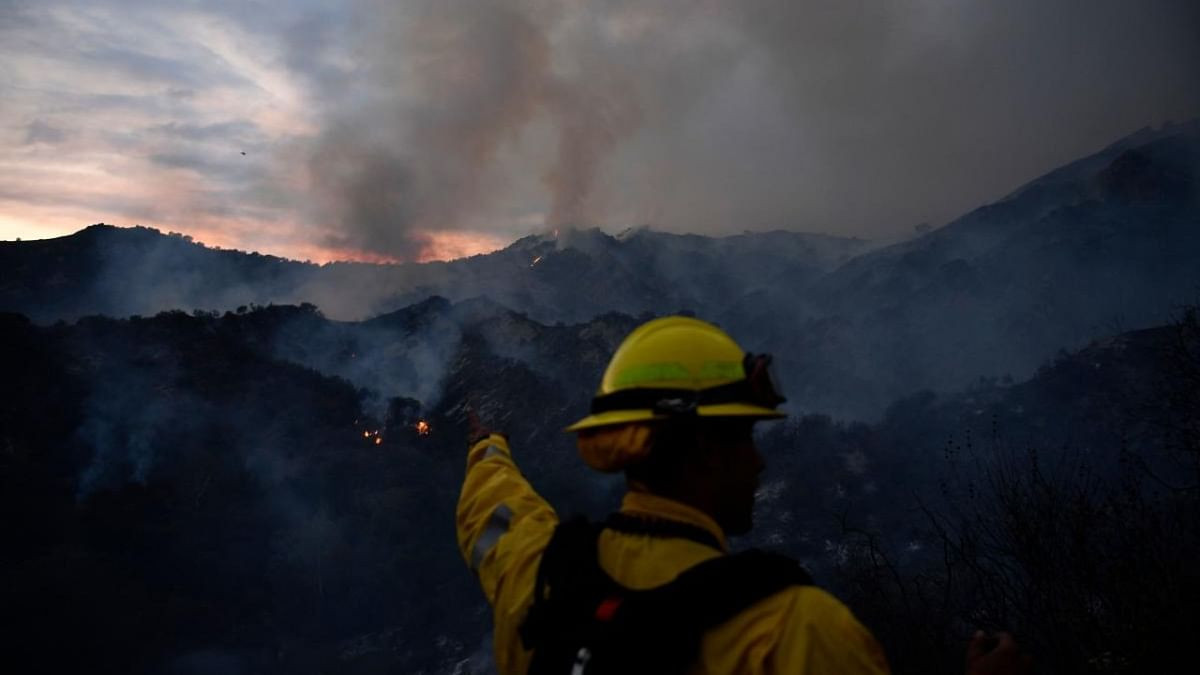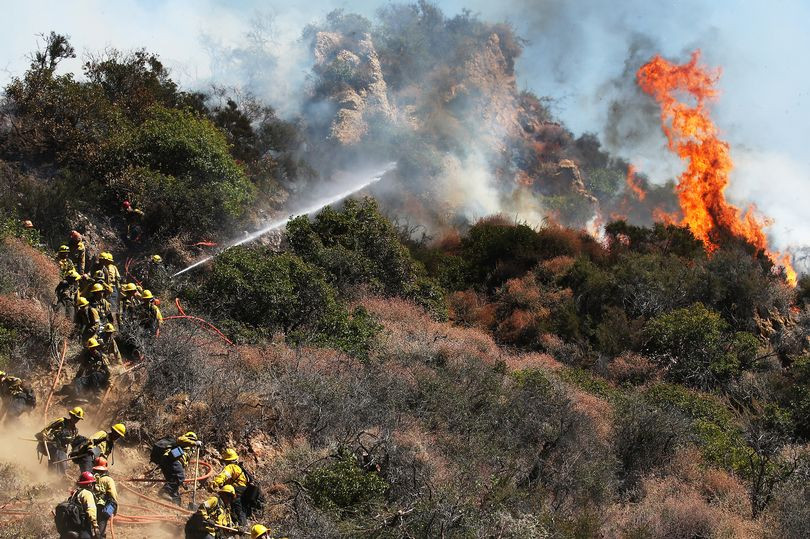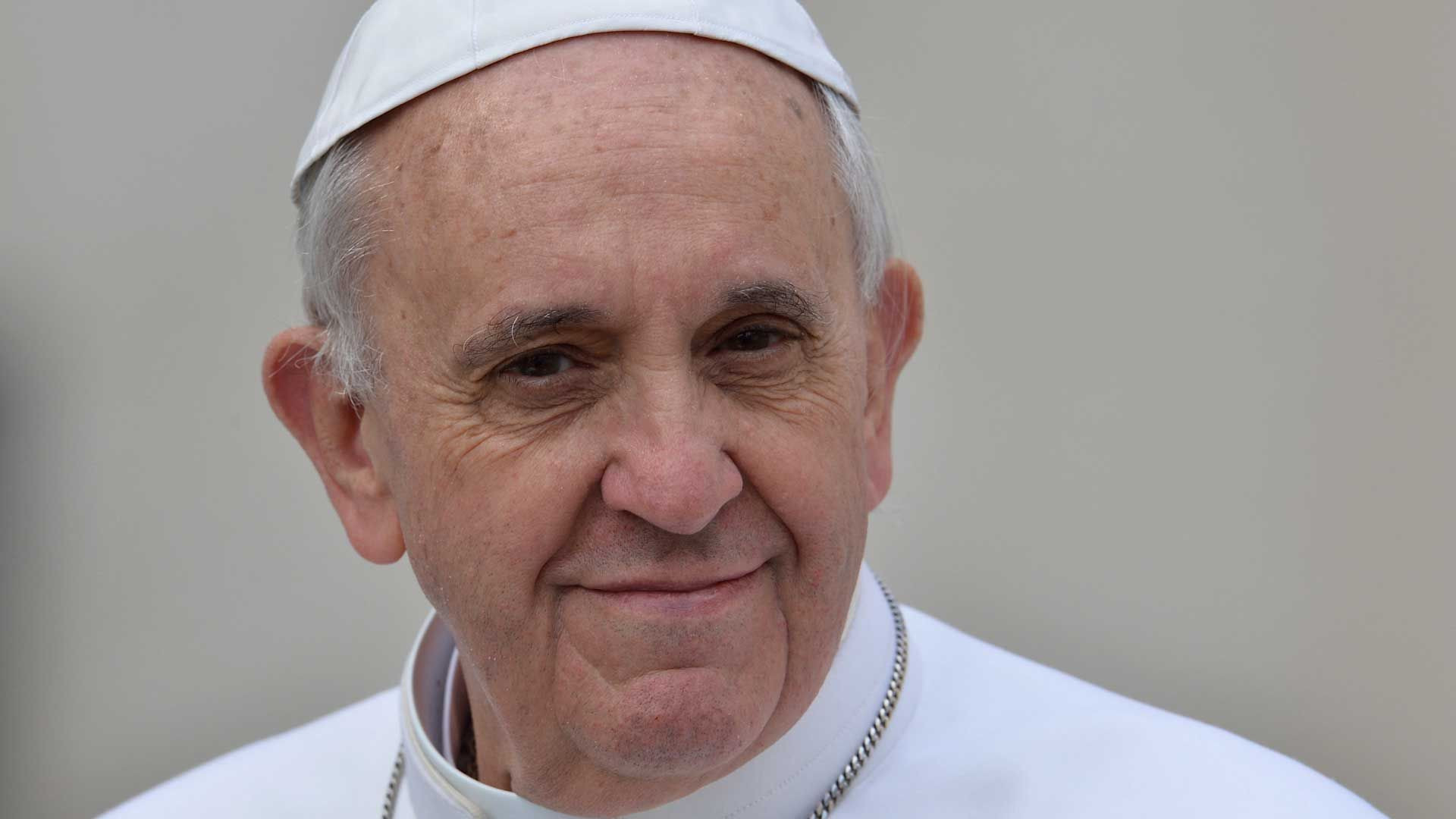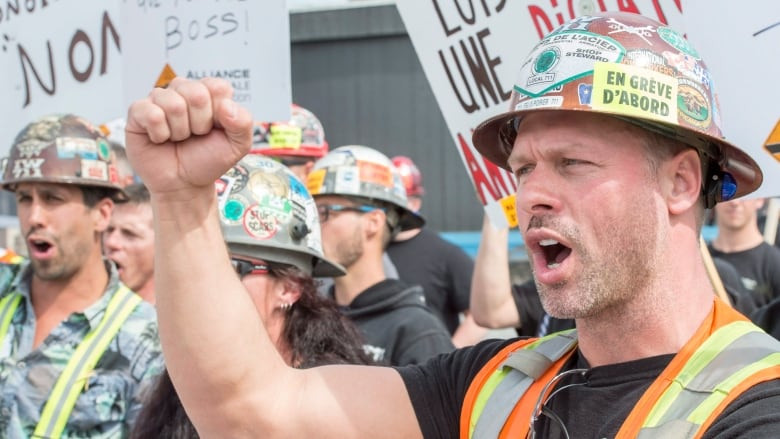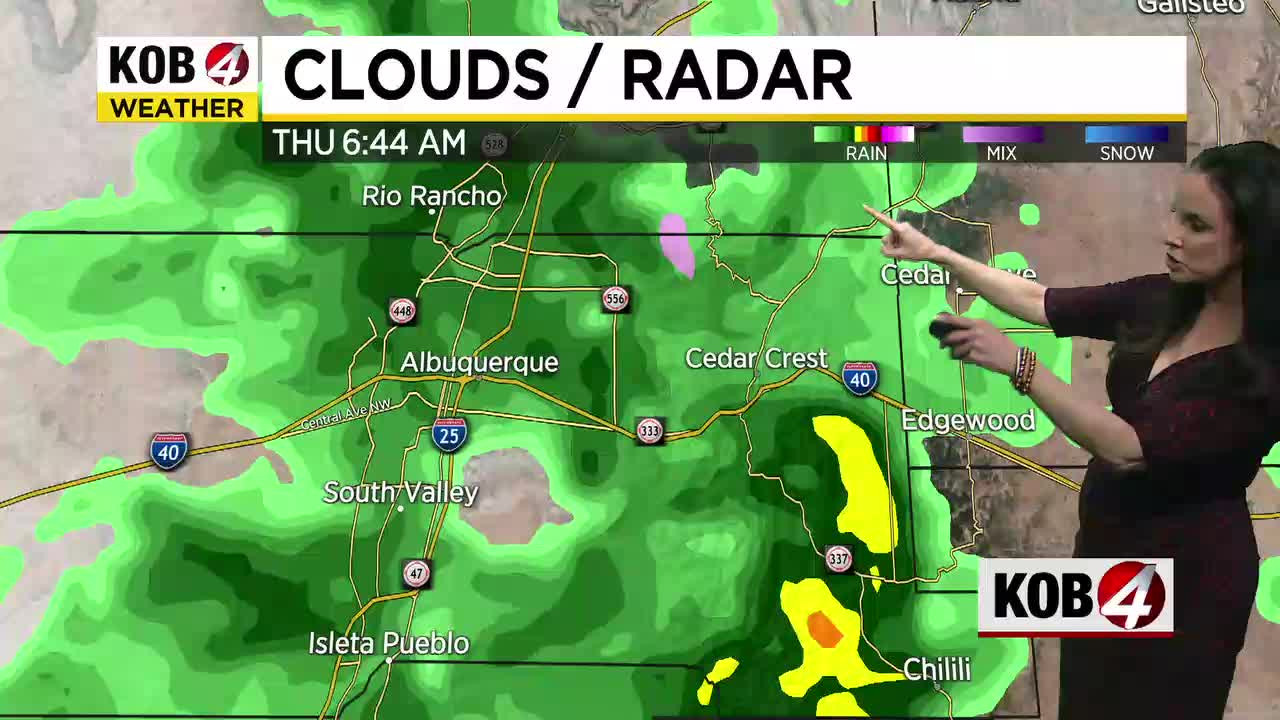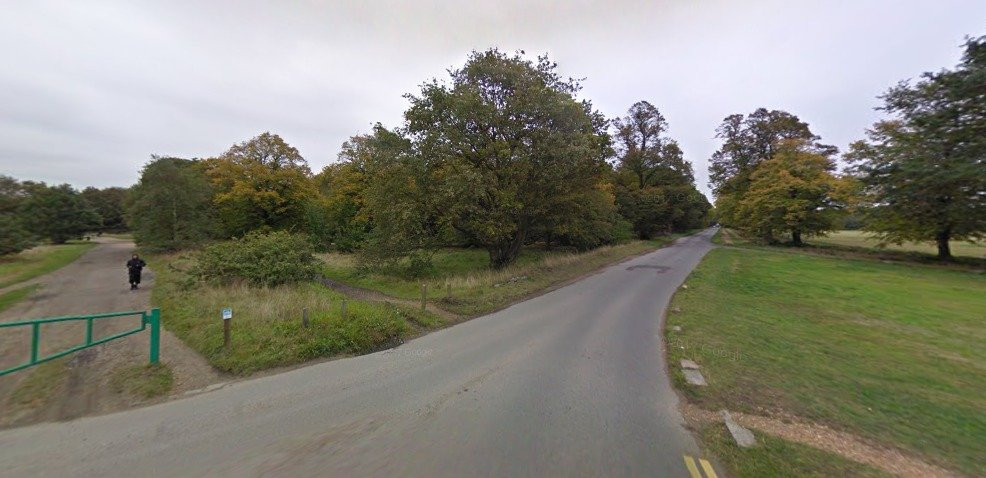Massive Los Angeles Wildfires Force 49,000 Evacuations Amid Devastating Winds
Three major wildfires, fueled by fierce Santa Ana winds, have ravaged parts of Los Angeles, prompting the evacuation of nearly 50,000 residents. The fires, which began on Tuesday, spread rapidly through dry brush and vegetation, engulfing homes and forcing celebrities and ordinary residents alike to flee. A state of emergency has been declared by California Governor Gavin Newsom, who urged residents to "stay vigilant, take all necessary precautions, and follow local emergency guidance." The scale of the disaster is unprecedented, with thousands of firefighters battling the blazes and officials warning of worsening conditions.
The Spread of the Fires
The first fire, which ignited in the Pacific Palisades area, quickly escalated, reaching a size exceeding 3,000 football pitches. The flames spread rapidly, driven by 40mph winds, consuming homes and forcing evacuations along the Pacific Coast Highway and parts of Santa Monica. Other fires erupted near Pasadena's Eaton Canyon and in Sylmar, further compounding the crisis. These fires spread with alarming speed, consuming thousands of acres in a matter of hours. The cause of the fires remains under investigation, with officials from the California Department of Forestry and Fire Protection (Cal Fire) working to determine the origin of the blazes.
Evacuation Efforts
The scale of the evacuations is staggering. Tens of thousands of residents, including some high-profile celebrities residing in affluent areas like Pacific Palisades, were forced to leave their homes with little notice. Evacuation orders were issued for large residential areas, and emergency services were deployed to assist with the evacuations. The rapid spread of the fires made escaping especially difficult for many, with some residents reporting harrowing escapes as they abandoned their vehicles and fled on foot, only to find their streets filled with abandoned vehicles. Fire crews worked diligently, but the speed of the fire presented significant challenges.
The Impact of the Santa Ana Winds
The Santa Ana winds, known for their strong, dry nature, played a crucial role in the rapid spread of the wildfires. These winds, which flow inland towards the coast, often reach high speeds, and when combined with dry brush and low humidity, create extremely dangerous fire conditions. Meteorologists issued a red flag warning, indicating an extreme fire danger, as humidity levels dropped to a concerning 10-20%, and predictions warned that those levels would fall further to 5-10% after sunrise. These conditions made the task of controlling the wildfires exceedingly difficult.
Impacts Beyond Evacuations
The wildfires caused significant disruptions beyond evacuations. Power outages affected up to 200,000 properties, leaving residents without electricity. Several schools were closed, with lessons moved online due to the fires and high winds. The smoke from the fires caused reduced visibility, impacting air quality. This also has had serious impacts on the transportation system in the city, with Air Force One being forced to ground. A famous school, Palisades Charter High School, a well-known filming location, and The Getty Villa, a popular art museum, were also impacted by the fires, suffering damage and temporary closures.
A Community's Response and the Road Ahead
The response to the wildfires has been a testament to the resilience and unity of the Los Angeles community. Firefighters from across the region, totaling more than 1,400, worked tirelessly to contain the blazes. Authorities, including Governor Newsom and Los Angeles Mayor Karen Bass, declared a state of emergency and appealed for public cooperation. President Biden and Vice President Harris also offered their support, pledging federal assistance and resources to aid the response and relief efforts. Stories of heroic acts and community support emerged as residents helped each other, but also of devastating losses. The fires serve as a harsh reminder of the increasing threat of wildfires in California and the impact of climate change.
The future for those affected remains uncertain. The full extent of the damage is still being assessed, and the long road to recovery lies ahead. However, the outpouring of support and collaborative efforts offer hope for a stronger, more resilient future for Los Angeles. The events highlighted the necessity of preparation and community support in the face of ever-increasing climate-related disasters. The destruction serves as a powerful symbol of the urgent need to address climate change and its profound impacts on communities across the world.




